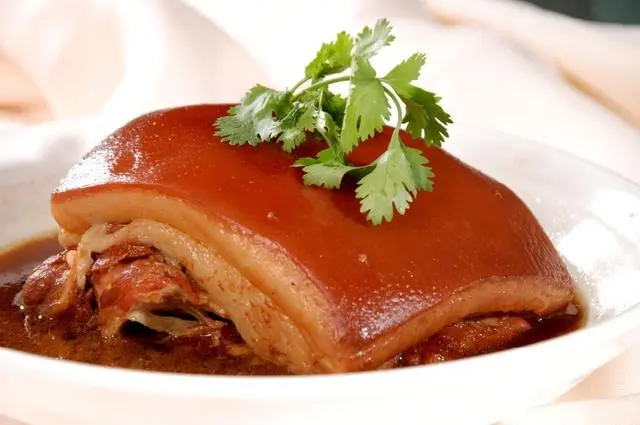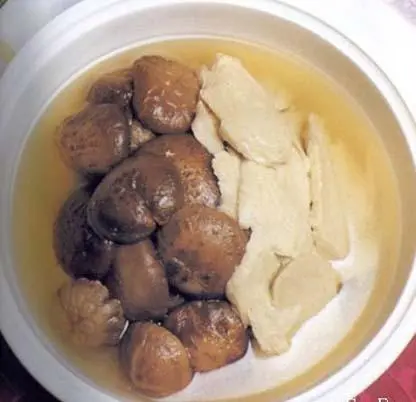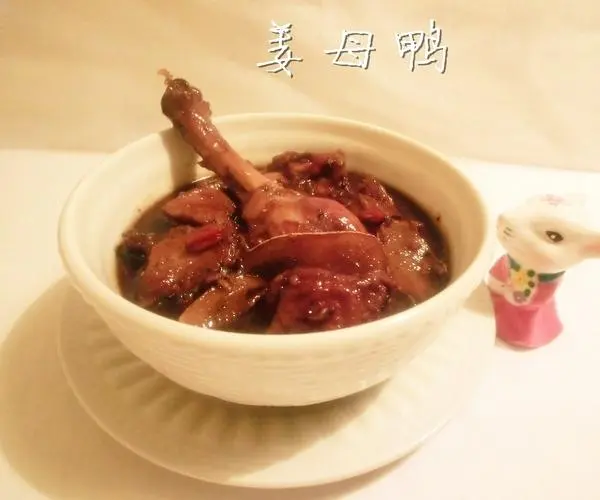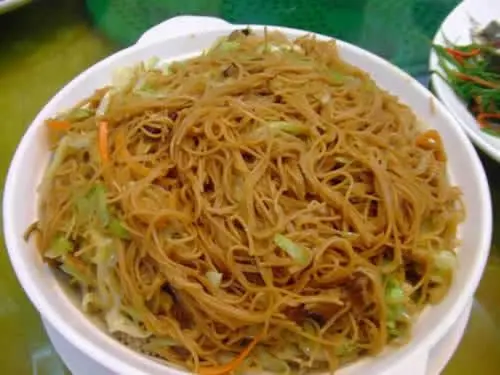The Top Ten Famous Dishes of Xiamen
Main Ingredients and Cooking Method: This dish, crafted from a whole piece of meat, is a traditional delicacy. The meat is placed in a pot, covered and steamed until done. It’s only unveiled at the dining table. This method ensures that the meat retains its tenderness and juiciness.
Taste and Texture: Known for its tender and flavorful meat, it’s said that an authentic Tong’an Sealed Meat is so tender that it can be cut with a falling chopstick.
Cultural Significance: Famed in Xiamen’s Tong’an Maxiang (now known as Xiang’an Maxiang), it’s a favored dish during local celebrations and feasts, symbolizing the midpoint of a banquet. It’s also a must-have for overseas Chinese visiting home.
Popularity and Influence: Widely recognized and cherished in the area, it’s one of the standout dishes of the Tong’an region in Xiamen.
Main Ingredients and Cooking Method: Originating from Fuzhou, Fujian, this dish primarily uses water gluten. The cooking emphasizes high heat.
Taste and Texture: This dish offers a unique texture from the resilient water gluten, enhanced by a special sauce that brings forth a slightly sour and spicy taste.
Cultural Significance: As a renowned vegetarian dish from the Nan Putuo Temple, it holds religious significance and is among the most celebrated vegetarian dishes in Fuzhou.
Popularity and Influence: As one of the top ten dishes of Fujian, it holds a significant position in the province’s culinary scene.
Main Ingredients and Cooking Method: A traditional Southern Fujian dish popular in Xiamen and Quanzhou, it’s primarily made of duck meat, coupled with ginger and other condiments.
Taste and Texture: It boasts a savory taste with an enticing aroma. The combination of ginger’s spiciness and duck’s distinct flavor creates a warm yet non-greasy palate.
Cultural Significance: Originally a royal delicacy, it later became a popular dish among the masses. Ideal for autumn and winter, it’s also a primary dish during local festivals and feasts.
Popularity and Influence: Revered in both Xiamen and Quanzhou, it holds a vital position in the Southern Fujian culinary culture.
4. Tong’an Fried Crab:
Main Ingredients and Cooking Method: A specialty of the Tong’an region in Xiamen, it uses fresh crabs that are cleaned and fried to a golden hue.
Taste and Texture: Known for its rich crab roe and succulent meat, the crab, when fried, offers a delightful aroma and mouthfeel.
Cultural Significance: An emblem of Xiamen’s seafood cuisine, crabs in Chinese culture symbolize prosperity and good fortune.
Popularity and Influence: A renowned dish in the Tong’an region, it plays an influential role in the local culinary scene.
5. Crispy Taro and Duck:
Main Ingredients and Cooking Method: A classic Xiamen dish made of boneless duck skin and taro paste. The duck skin is filled with taro paste before being deep-fried until crispy.
Taste and Texture: The dish offers a crisp exterior with a soft and mushy interior. The pairing of taro and duck creates a diverse texture, further enhanced with jams.
Cultural Significance: Representing Xiamen’s unique culinary culture, the combination of taro in local dishes offers a distinct flavor profile.
Popularity and Influence: Widely acknowledged in Xiamen, it plays a pivotal role in the local dining culture.
6. Xiamen Oyster Omelette (海蛎煎):
Main Ingredients and Cooking Method: Also known as “oyster pancake”, the Xiamen Oyster Omelette uses pearl oysters from Xiamen’s Tong’an region as its main ingredient. This is combined with sweet potato starch, fresh garlic or cilantro, and a touch of salt, then pan-fried to perfection.
Taste and Texture: The omelette is flavorful and has a unique, slightly sticky texture. The fried oyster omelette is tender on the inside with a crispy exterior, and not overly greasy. Enhanced with satay sauce, chili sauce, or when fried with eggs, it offers a delightful taste experience.
Cultural Significance: The oyster omelette is a traditional popular dish in Xiamen, representing the unique culinary culture of the area. It’s a common dish in local households, loved by the locals and has a long-standing place in Xiamen’s dining history.
Fame and Influence: Highly recognized in Xiamen, this iconic dish has become a staple for tourists and food enthusiasts. Its rich history and distinct taste make it an influential part of Xiamen’s dining culture.
7. Golden Lotus of the South Sea (南海金莲):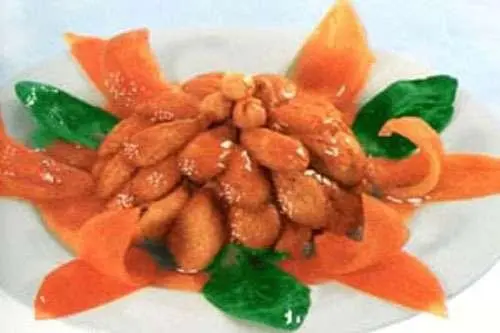
Main Ingredients and Cooking Method: This signature Xiamen dish comprises tofu, bamboo shoots, water chestnuts, mushrooms, and winter melon. Skillfully combined and prepared, these ingredients produce a vibrant and soft-textured dish.
Taste and Texture: The dish has a soft texture and a fresh taste. The combination of tofu, bamboo shoots, and water chestnuts provides a rich and refreshing flavor, further accentuated by the dish’s vibrant colors.
Cultural Significance: Hailing from the South Putuo Temple, this dish is an embodiment of Xiamen’s distinctive culinary culture. With its elegant presentation and delicate flavors, it’s frequently served in religious settings and at banquets.
Fame and Influence: As a hallmark dish of Xiamen, it holds significant recognition. Its vibrant colors and fresh flavors have garnered attention and admiration, playing a vital role in promoting Xiamen’s culinary culture.
8. Old Xiamen Pan-Fried Liver (老厦门南煎肝):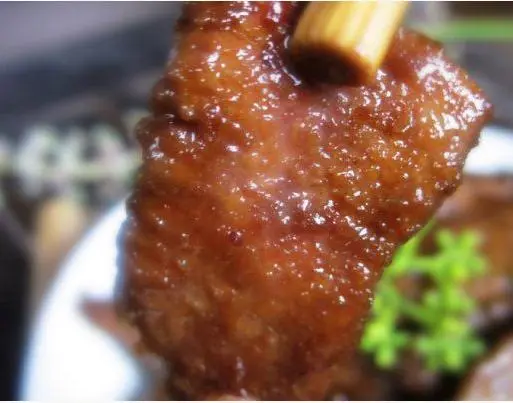
Main Ingredients and Cooking Method: A specialty of Xiamen, this dish primarily uses pork liver. The liver is thinly sliced and pan-fried, then flavored with sesame oil and other seasonings, yielding a crispy exterior and tender interior.
Taste and Texture: The pan-fried liver is savory and tender. Once fried, the liver takes on a golden crispy crust while retaining its tender interior. The delicious taste of the liver is further accentuated by the aromatic fried seasonings.
Cultural Significance: This dish is a traditional delicacy in Xiamen, reflecting the city’s culinary heritage. Originating from renowned Xiamen restaurants “Quanfu Building” and “Shuangquan Restaurant,” it boasts a history spanning five to six decades.
Fame and Influence: With high popularity in Xiamen, it’s a must-try dish for many visitors. Its unique cooking technique and delicious taste make it an admired and sought-after dish in the local culinary scene.
9. Silk Rain and Floating Clouds (丝雨菰云):
Main Ingredients and Cooking Method: A signature dish from the vegetarian restaurant of the South Putuo Temple, this dish mainly uses Chinese cabbage, bamboo shoots, mushrooms, and mung bean vermicelli. These ingredients are combined ingeniously to create a harmonious blend.
Taste and Texture: The dish offers a refreshing and crisp taste. The tenderness of the cabbage, the aroma of bamboo shoots and mushrooms, and the delicate texture of the vermicelli complement each other perfectly.
Cultural Significance: Originating from the vegetarian restaurant of the South Putuo Temple, it epitomizes Xiamen’s unique culinary culture. As a dish from the temple’s vegetarian feast, it resonates with Buddhist principles of health and vegetarianism.
Fame and Influence: Acclaimed in Xiamen and awarded the title of “Chinese Famous Dish” at the Chinese Cuisine Festival, it’s not only renowned locally but also leaves a mark in the culinary world and religious venues.
Main Ingredients and Cooking Method: A traditional delicacy in Xiamen, it employs high-quality vermicelli. The vermicelli is first deep-fried in hot oil until it turns reddish-yellow and then rinsed with hot water to remove excess oil. Ingredients like lean meat, bamboo shoots, mushrooms, and garlic sprouts are julienned and stir-fried. The noodles are then combined with these ingredients and seasoned with satay and red chili sauce.
Taste and Texture: The dish boasts a unique flavor with a rich texture. The fried vermicelli is crispy outside and tender inside. The aromatic ingredients further enhance the taste.
Cultural Significance: As a traditional delicacy of Xiamen, it represents the city’s culinary arts. Originating from the renowned “Quanfu Building” and “Shuangquan Restaurant,” this dish has been a part of the Minnan cuisine for over half a century.
Fame and Influence: Widely recognized in Xiamen, many restaurants and hotels serve this iconic dish, making it an integral part of Xiamen’s culinary culture.
